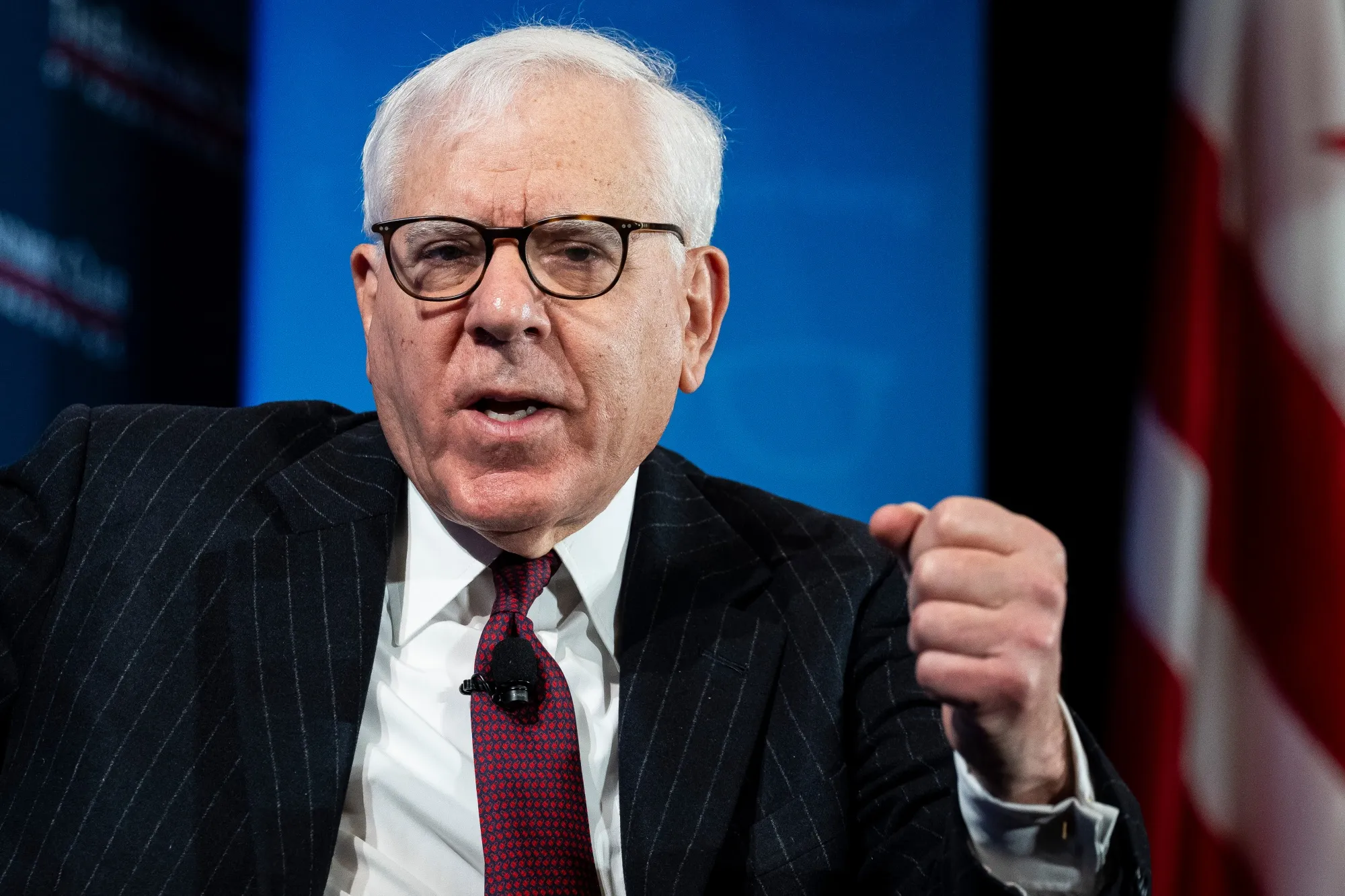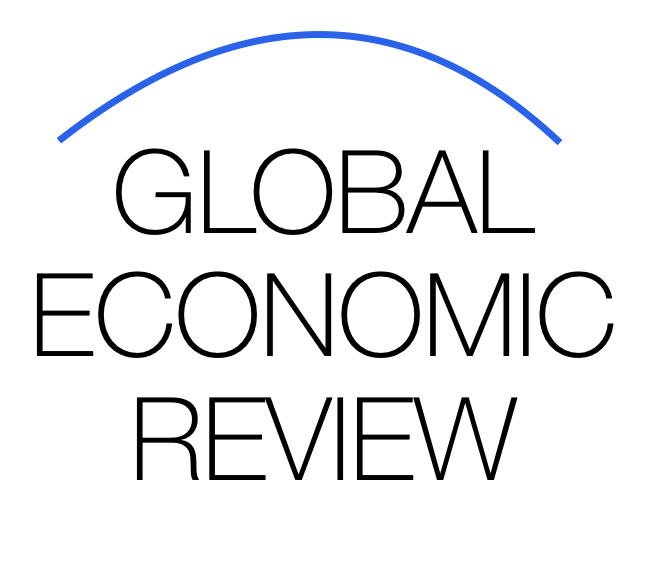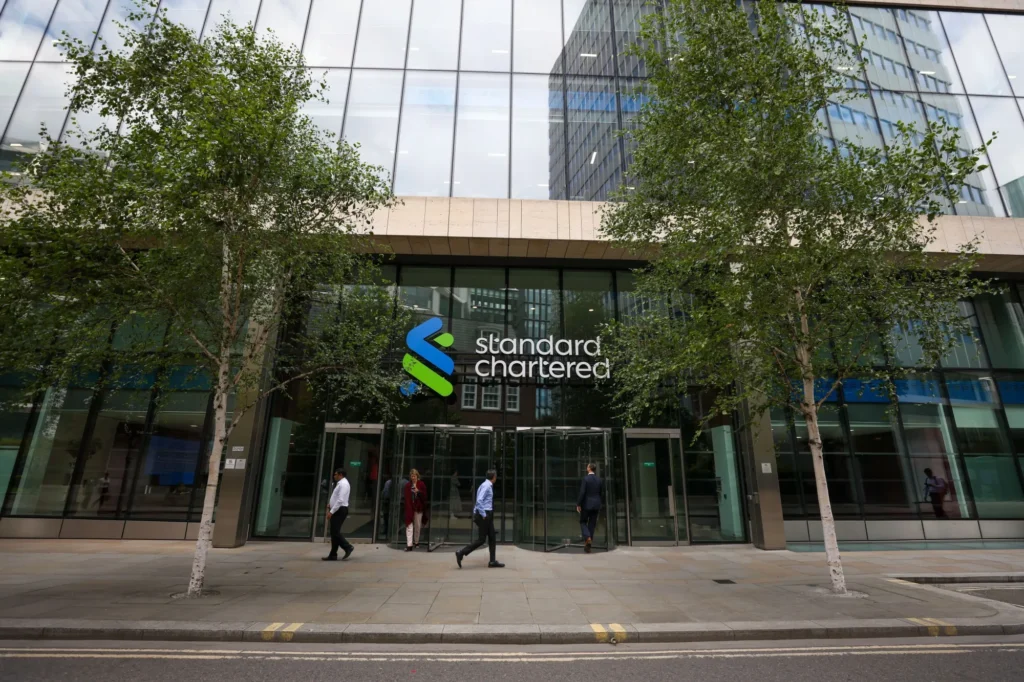David Rubenstein-Backed Firm Stakes $303 Million on U.S. Real Estate Amid Growing Investor Appetite

A private investment firm backed by David Rubenstein, co-founder of the Carlyle Group, has made a major push into the U.S. real estate market, assembling a $303 million portfolio of properties. The move underscores continued institutional confidence in American commercial and residential real estate, even amid a period of economic uncertainty and rising interest rates.
The Investment: Scale and Scope
The Rubenstein-backed firm, whose portfolio strategy combines stability with growth potential, is focusing on high-demand urban and suburban markets in the United States. Key details of the $303 million property acquisition include:
- Portfolio composition: Mix of multi-family residential, office spaces, and select commercial properties
- Geographic focus: Gateway cities such as New York, Boston, and Chicago, as well as fast-growing secondary markets
- Deal structure: Combination of direct acquisitions and joint ventures with local developers
- Capital source: Institutional investors, including pension funds and private equity partners
By targeting diversified property types and geographies, the firm aims to balance cash flow stability with long-term appreciation potential, a strategy increasingly favored in today’s volatile economic environment.
Why the U.S. Real Estate Market Still Attracts Investors
Despite macroeconomic concerns—rising interest rates, inflationary pressures, and potential economic slowdown—the U.S. real estate market continues to attract global capital due to several factors:
- Urbanization and Demographics: Demand for urban and suburban housing remains robust, particularly in cities with strong employment growth.
- Inflation Hedge: Real estate provides a tangible asset that often retains value during inflationary periods.
- Rental Income Stability: Multi-family and commercial properties offer predictable cash flows, appealing to institutional investors seeking steady returns.
- Strategic Asset Allocation: For large investment firms, U.S. real estate serves as a core component of diversified portfolios, balancing equities and fixed-income exposure.
David Rubenstein has long been a proponent of alternative investments that generate both income and long-term capital gains, making this bet consistent with his investment philosophy.
Market Context and Timing
The $303 million investment comes at a pivotal time for the U.S. property market:
- Interest rates: The Federal Reserve’s tightening cycle has increased borrowing costs, pressuring some property valuations.
- Commercial sector trends: Office and retail spaces are adjusting to post-pandemic shifts in work and shopping behavior.
- Residential demand: High demand for rental units and suburban homes continues to support multi-family investment returns.
Analysts argue that entering the market now allows sophisticated investors to acquire prime assets at reasonable valuations before potential economic recovery and urban growth accelerate.
Strategic Advantages of Rubenstein-Backed Firm
The firm benefits from several competitive edges:
- Institutional Credibility: Association with David Rubenstein attracts capital from top-tier investors and partners.
- Operational Expertise: Experience in property management, acquisitions, and redevelopment enables value creation through active asset management.
- Capital Flexibility: Access to substantial liquidity allows the firm to act quickly in competitive markets.
- Portfolio Diversification: By blending property types and locations, the firm mitigates risks associated with sector-specific downturns.
Potential Challenges and Risks
Even with a strategic approach, the firm faces market challenges:
- Economic Slowdown: Reduced employment growth or consumer spending could affect rental and occupancy rates.
- Interest Rate Pressures: Higher financing costs may compress yields or reduce property valuations.
- Regulatory Uncertainty: Zoning, taxation, and local housing policies can influence profitability.
- Market Competition: Other institutional investors and REITs compete aggressively for high-quality assets.
Managing these risks requires active monitoring, prudent leverage, and adaptive management strategies to preserve both income streams and capital appreciation potential.
Expert Perspectives
Real estate experts view the Rubenstein-backed bet as a signal of confidence in U.S. property fundamentals.
Sarah Johnson, a senior analyst at a commercial real estate advisory firm, noted:
“Institutional capital is increasingly flowing into U.S. real estate despite macroeconomic headwinds. Investors are looking for resilient assets that generate cash flow and long-term appreciation, and this portfolio fits that strategy.”
Broader Implications for Investors
This $303 million investment underscores several broader trends in the market:
- Rise of Institutional Players: Large investment firms are increasingly dominating property acquisitions, pushing smaller investors to niche markets.
- Focus on Multi-Family and Mixed-Use: Stable cash-flow properties are in high demand, while office and retail face selective interest.
- Alternative Asset Popularity: Investors continue to diversify into tangible assets like real estate as equity and bond markets remain volatile.
- Global Capital Flows: U.S. real estate remains attractive to foreign investors seeking safe, income-generating assets with potential for appreciation.
Conclusion
The Rubenstein-backed firm’s $303 million U.S. property acquisition reflects both confidence in the resilience of American real estate and the growing trend of institutional capital shaping property markets. By combining strategic urban and suburban assets with diversified property types, the firm aims to deliver stable cash flow while positioning for long-term growth.
For investors, this move highlights the continued appeal of real estate as a hedge against volatility and inflation, and the role of experienced institutional players in navigating complex markets.




















